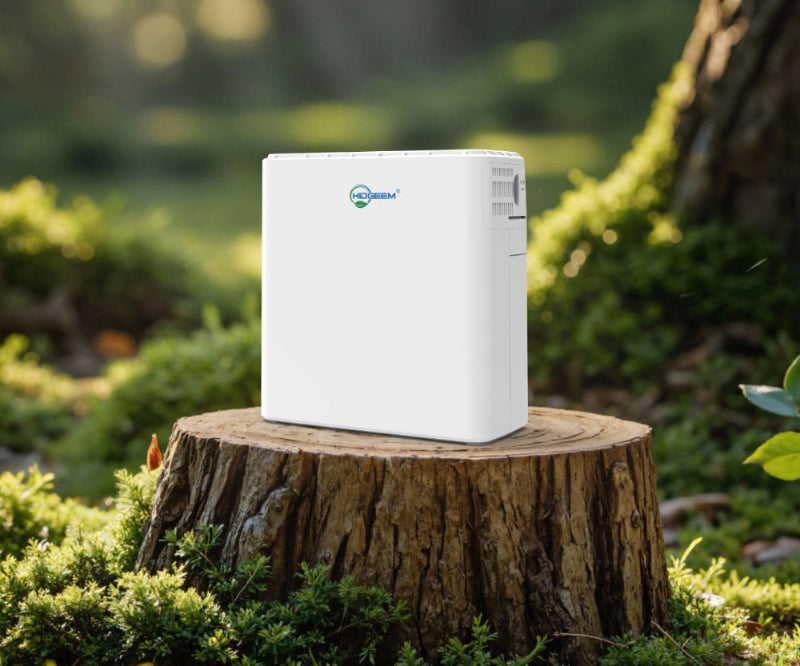
Safety Guide for Seniors Using a Portable Oxygen Concentrator
If you’re a senior using a portable oxygen concentrator, or you’re helping an elderly family member use one, the most important thing we can do is stay informed and stay safe. With the right habits, portable oxygen for seniors can greatly improve daily comfort, mobility, and confidence. Below is a complete safety guide based on what we always recommend to our customers.
1. Always Track Your Blood Oxygen With an Oximeter
One of the most important tools you should have at home is a pulse oximeter. It allows you to check your blood oxygen (SpO₂) anytime.
Here are the basic rules you should follow:
-
SpO₂ above 95% → generally normal
-
SpO₂ between 90%–94% → pay attention, rest, breathe deeply, and measure again
-
SpO₂ below 90% → this is considered low; you should use oxygen immediately and contact a doctor if it does not improve
Most seniors should check their oxygen 2–3 times a day, especially in the morning, before activities, and whenever you feel tired or short of breath. If your health condition is less stable, check more frequently.
2. Use the Correct Flow Setting
Never change your oxygen flow rate without medical advice. If you feel breathless even at your usual setting, it’s safer to call your doctor rather than increase it on your own.
3. Stay Away From Flames and Heat
Oxygen is not flammable by itself, but it feeds fire. Always keep your portable oxygen concentrator away from:
-
candles, gas stoves, fireplaces
-
cigarettes or vaping
-
heaters or hot surfaces
Keep a safe distance of at least 6–8 feet.
4. Keep Your Tubing Clean and Safe
To avoid tripping and obstruction:
-
Make sure the tubing is not bent or twisted
-
Keep it away from sharp edges
-
If using long tubing, secure it against walls or floors
5. Charge Your Batteries Before Going Out
We all love the freedom a portable oxygen concentrator gives us. To stay safe outside:
-
Fully charge before leaving
-
Carry a spare battery if possible
-
Bring your car charger for longer trips
6. Clean and Maintain Your Device Regularly
Clean nasal cannulas every week and replace them every 2–4 weeks.
Wash or wipe your filters weekly depending on your model.
7. Monitor Oxygen Purity After 1 Year of Use
All portable oxygen concentrators rely on molecular sieves to produce oxygen. After about 12 months, many machines begin to show a gradual decline in oxygen purity.
This is why seniors should:
-
Check oxygen purity regularly (many devices display it)
-
Notice if breathing feels less effective
-
Replace the molecular sieve when purity drops
For long-term safety, it’s essential to choose a portable oxygen concentrator with replaceable molecular sieves. If a machine cannot replace the sieve, the entire device becomes useless once purity declines.
8. Pay Attention to Beeps and Alerts
If your concentrator alarms, stop and check the cause—it may be low battery, low purity, or airflow blockage.
9. Listen to Your Body
If you feel unusual chest tightness, dizziness, or fatigue, check your SpO₂ immediately and adjust your oxygen use as your doctor recommends.
With the right habits and a reliable device, portable oxygen for seniors can help you breathe easier and live more freely every single day.
Share






